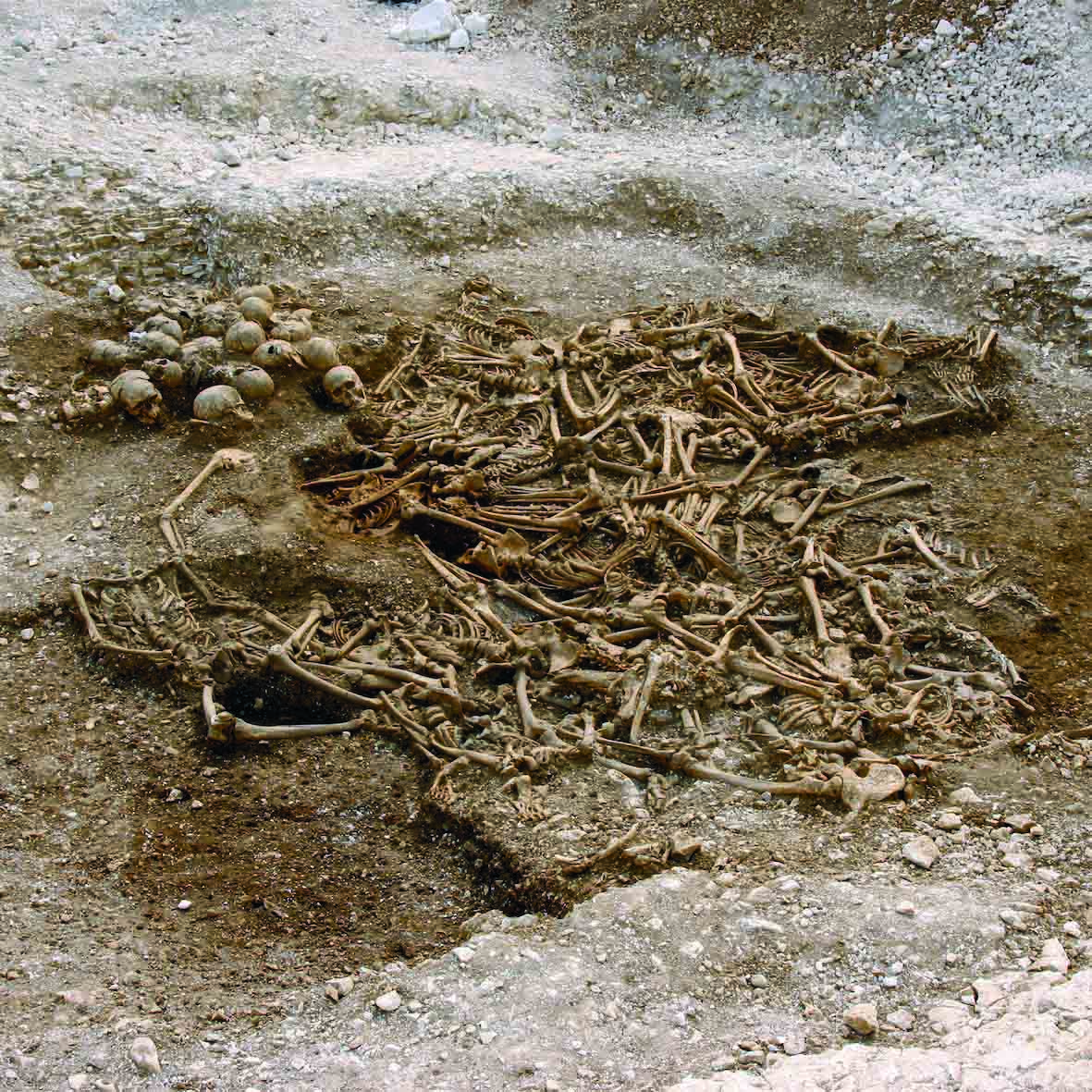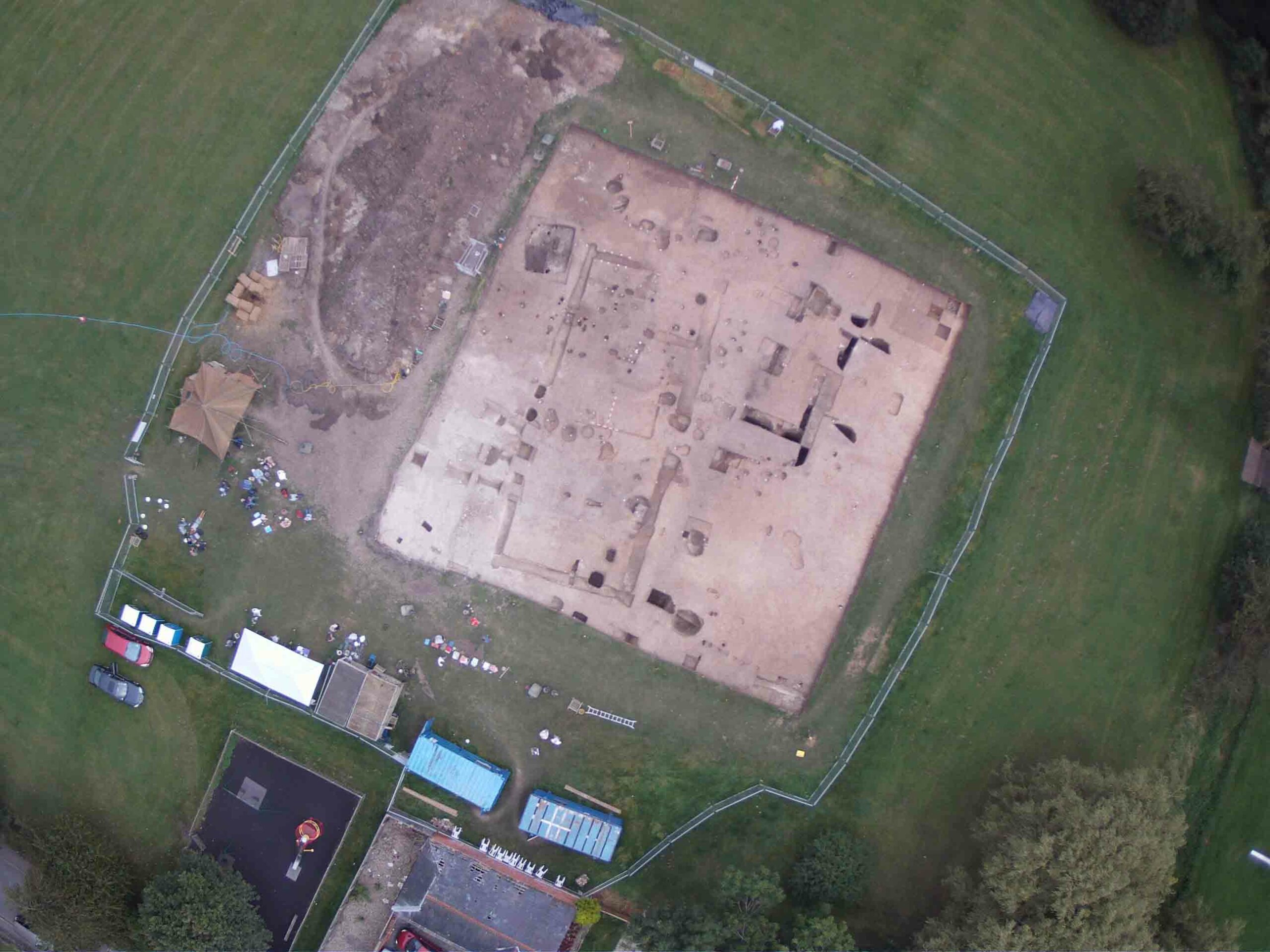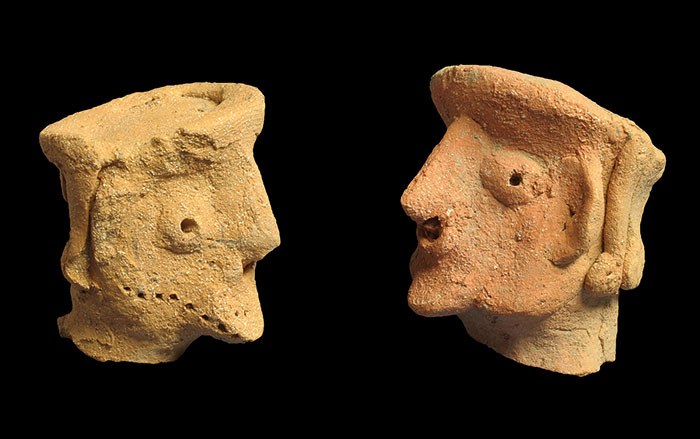
COPENHAGEN, DENMARK—In recent years, historians have sought to downplay the popular image of Vikings as fierce raiders who were the scourge of medieval Europe. They have emphasized the fact that trading and farming were just as key to Viking culture as sacking cities and looting monasteries. But a new exhibition at the National Museum of Denmark in Copenhagen is taking a more traditional approach by putting the war-like traits of the Vikings front and center. The show brings together artifacts from 12 different countries, including the longest Viking warship ever found, weaponry such as swords and battle-axes, and even iron slave collars from Dublin. "Probably only a small percentage of the Vikings ever went to sea on raiding parties," said archaeologist Anne Pedersen, who helped put the exhibit together. "But I think those who stayed home would have told stories of great warriors, great ships, and great swords they had known. It was very much part of the culture."










